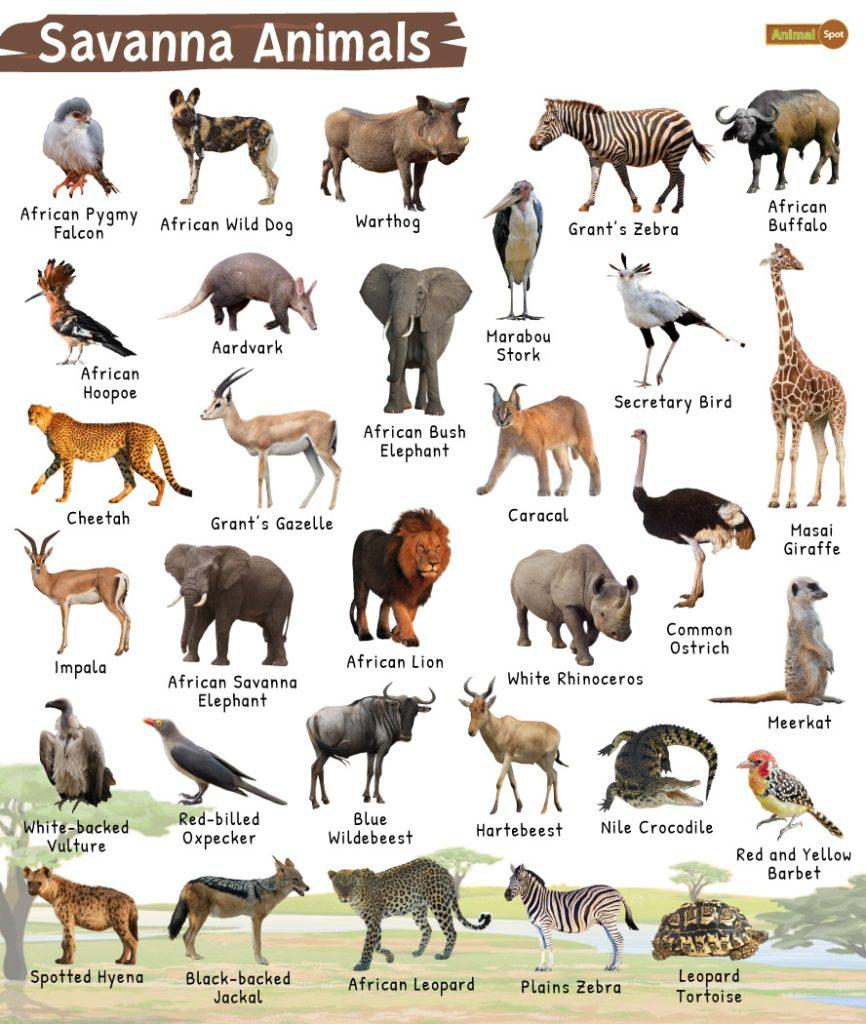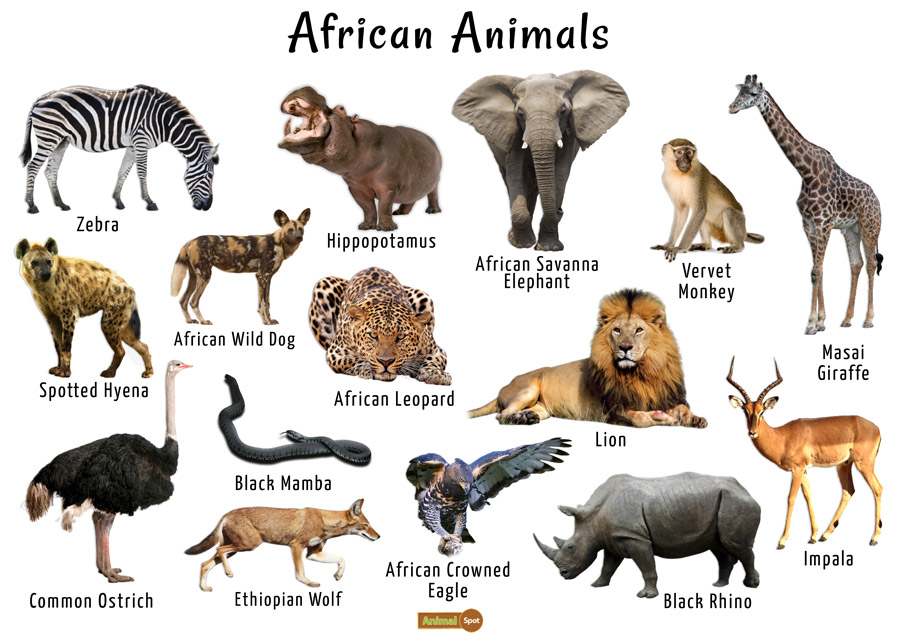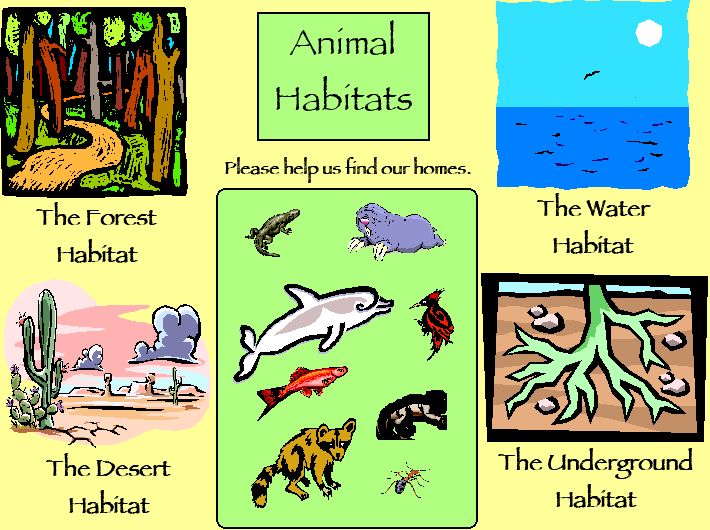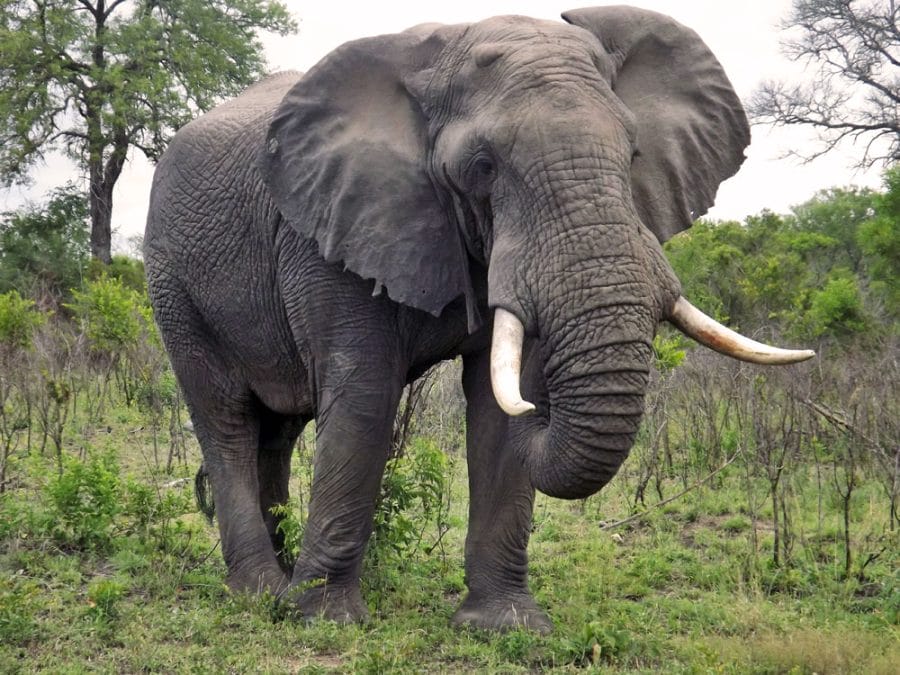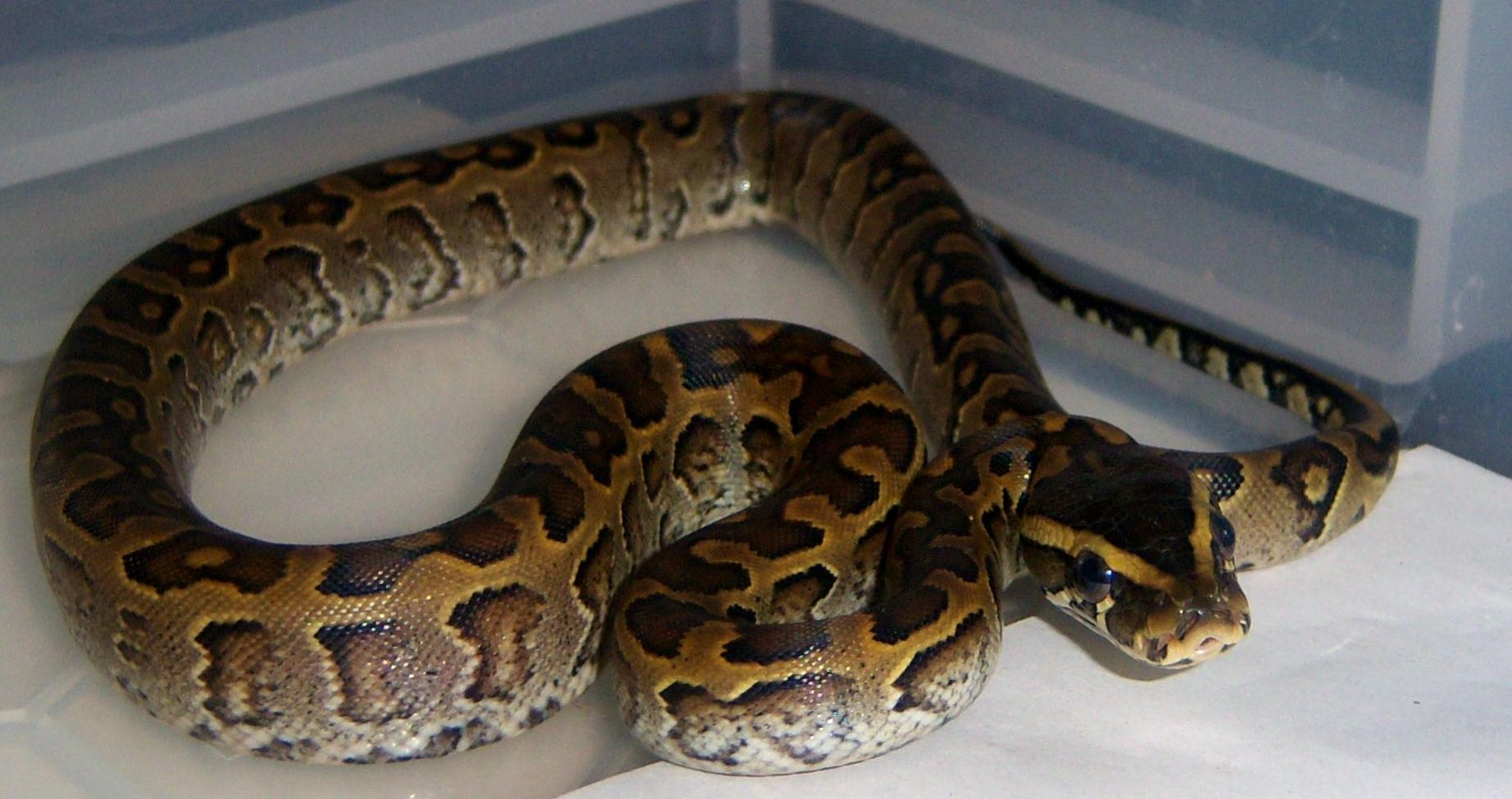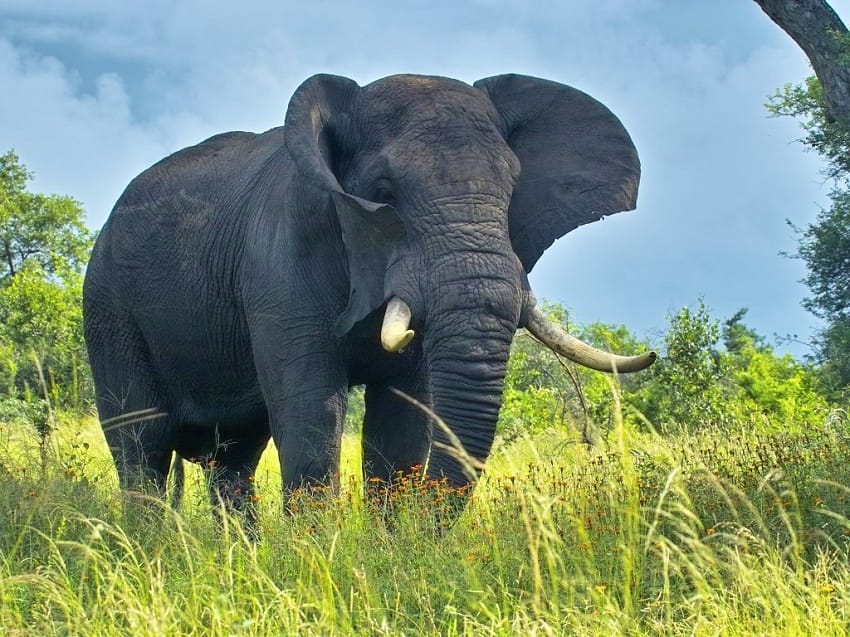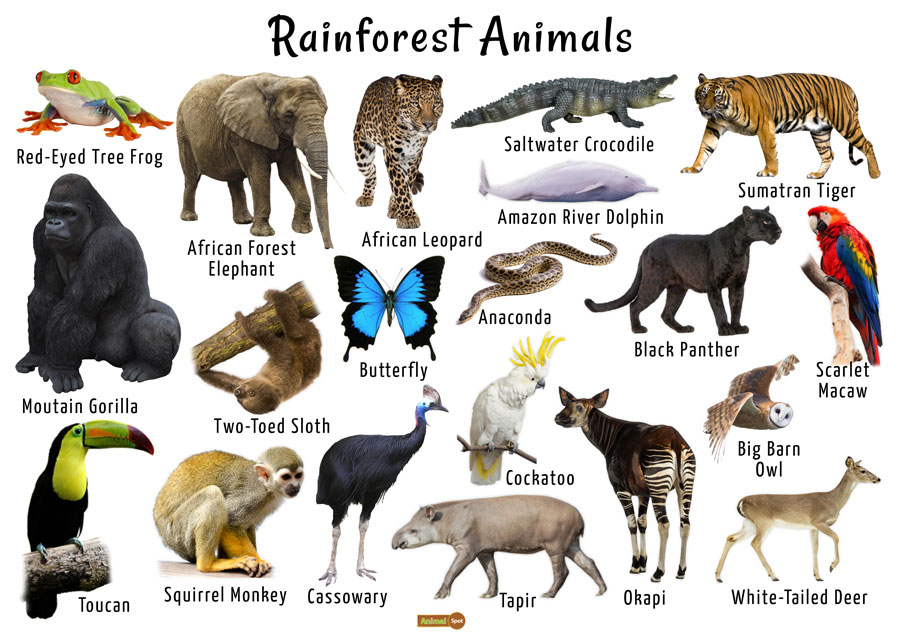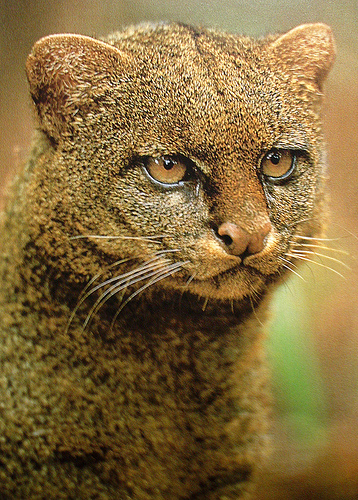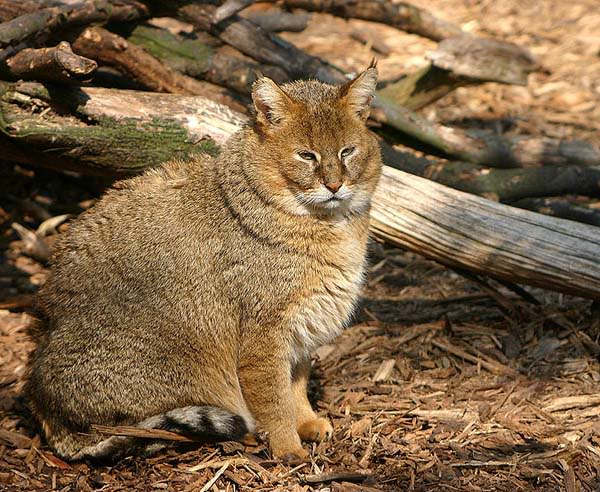The savanna or savannah refers to grassy plainlands in the tropical and subtropical regions marked by a prolonged dry season due to the scanty amount of rainfall the area receives, around 4 inches per year. This, therefore, results in the sparsity of trees, making it challenging enough for the fauna to survive here.
A significant part of the savanna area lies in the continent of Africa. One could find savannas in other continents too, like Asia, South America, and Australia. However, the diversity of flora and fauna in the African subcontinent isn’t found elsewhere.
List of (African) Savanna Animals
Most animals, including mammals, birds, and reptiles living in the savanna, inhabit different parts of Africa. However, some savanna animals inhabit other continents too, including Europe and Australia. The grant’s gazelle dwells around Tanzania and Kenya.
The wild lions inhabit all over Africa, but certain populations exist in parts of Europe and Asia also. Whereas the blue wildebeest dwells throughout the grasslands and woodlands of Africa, in the southern, eastern, and central parts.
Mammals
Birds
Reptiles
Diet of the Savannah Animals
The savannas have a diverse range of animals, from herbivores to carnivores, that have adapted to the climatic conditions and scarcity of plants, adjusting their food habits accordingly. Amongst the herbivores, some, like the zebras, are grazers and feed on grasses.
The browsers, like the giraffe, primarily consume shrubs and trees. The mixed feeders, including the impalas, eat grasses, shrubs, and trees.
The carnivores such as the jackals, lions, and hyenas mostly forage in groups using specific strategies to capture their prey.
Habitat
The animals in the savanna region mostly occupy open grasslands, and bushy areas.
Adaptation Strategies of Different Animals in the Savannah
Protection from heat – Some animals, like caracals, have a lowered upper eyelid that protects their eyes from the sun’s scorching rays. The elephant species found here mostly flap their large ears and keep themselves cool.
For feeding – Giraffes easily reach the leaves and branches of tall trees because of their long neck. Their prehensile tongue, about 18-inch long, makes it easier to get hold of vegetation out of their reach.
They mostly stick out their tongue to eat, which is protected from the sun’s rays because of their dark color. Their thick, gluey saliva serves as a shield from the thorns or sticks that could enter their mouth while they eat the grasses or plants.
The black rhinoceros have pointed lips helping them easily pluck fruits and leaves from trees.
To deal with prolonged periods of dryness – Most savanna animals have adapted to the scarcity of food and water in their habitat by using different techniques. Some, like the zebras, antelopes, and wildebeest, migrate from one place to the other when food and water is scantily available.
While zebras have powerful legs, the antelope has long, slender limbs that account for easy movement.
The smaller animals here mostly hibernate in their den, becoming dormant during the droughts and active after the onset of rains.
For defense – Camouflaging is one of the primary adaptations of most savanna animals to protect themselves from predators. The small-sized caracal cats have long tufts near the tip of their ears that help to hide among tall grasses.
The cheetah’s tawny coat mixes well with the savanna grasses, while the spots on their body help them mimic shadows. The striped pattern on the zebra’s body creates an optical illusion, blending perfectly with the surrounding tall grass’s lines.
FAQs
Q. What animals are endangered in savannas?African elephant, Grevy’s zebra, Black rhino, cheetah
Q. Which are the grazing animals of savanna?Zebra, wildebeest, giraffe, elephant

